Description
CD 1 (58:42): VIVALDI (arr. Stokowski): Concerto Grosso in D minor (from “L’estro armonico,” Op. 3, No. 11) [1934]; PALESTRINA (orch. Stokowski): Adoramus te [1934]; FRESCOBALDI (orch. Stokowski): Gagliarda [1934]; LULLY(arr. Stokowski): Le Triomphe de l’Amour – Nocturne, Alceste—Prelude, Thesée [1930]; BYRD (orch. Stokowski): Pavane and Gigue [1937]; HANDEL (arr. Stokowski): Overture in D minor (Chandos Anthem No. 2) [1935]; Messiah—Pastoral Symphony – March [1930]; Music – Suite [1934]. CD 2 (75:54): BACH (orch. Stokowski): Toccata and Fugue in D minor, BWV565 [1934];Ich ruf ’ zu dir, Herr Jesu Christ (Chorale Prelude, BWV639); Es ist Vollbracht (from the St. John Passion, BWV245) [1934]; Ein’ feste Burg (from Cantata No. 80, BWV80) [1933]; Passacaglia and Fugue in C minor, BWV582 [1929]; BOCCHERINI (arr. Stokowski): Minuet (from Quartet in E major, Op. 13, No. 5) [1929]; HAYDN (orch. Stokowski): Andante cantabile (from String Quartet in E major, Op. 3, No. 4) [1929]; BEETHOVEN: Symphony No. 5 in C minor, Op. 67 [1931]. CD 3(73:27): Outline of Themes for the Franck Symphony [1927]; FRANCK: Symphony in D minor [1927]; DEBUSSY: Nocturnes [1928, 1929, 1927]; Clair de lune (from Suite Bergamasque) (orch. Stokowski) [1937]; Prelude to the Afternoon of a Faun [1940]. CD 4(74:52): WEBER(orch. Berlioz/Stokowski): Invitation to the Dance [1937]; BRAHMS: Symphony No. 4 in e, Op. 98 [1931]; Hungarian Dance No. 1 (orch. Stokowski) [1934]; STRAUSS II: Blue Danube—Waltz, Op. 314 ; Vienna Woods—Waltz, Op. 325 [1939]; STRAUSS: Salome—Dance of the Seven Veils [1929]; SOUSA: El Capitan—March [1929]; The Stars and Stripes Forever—March [1929]. Restoration engineer: Mark Obert-Thorn. Extensive notes by Richard Freed. UPC# 17685-11732
Buzz: Leopold Stokowski, the first major musician to recognize the potentialities of sound recording as a significant factor in our musical life, actually resisted the idea of recording at first; once he committed to it, however, recording became a conspicuous part of his activity, and so remained until his death sixty years later. From 1917, when he and the Philadelphia Orchestra made their first recording, to the end of his tenure more than 20 years later, that combination of conductor and orchestra served as Victor Records’ living laboratory in an energetic and productive pursuit of the objectives shared by the musicians and the sound technicians. Once electrical recording replaced the old acoustical horn, in 1925, their confidence was swiftly vindicated, and with it the idea of permanency for performances of musical works of all dimensions. While the Great Depression put the recording activity of other American orchestras (even Koussevitzky’s Boston Symphony and Toscanini’s New York Philharmonic) “on hold” in the early 1930s, the Philadelphians continued without interruption, expanding their recorded repertory, remaking earlier repertory, and experimenting with early forms of long-playing discs and stereophonic sound. By now nearly all of the Stokowski/Philadelphia recordings made for Victor in the first fifteen years of the electrical era have appeared on compact discs from various sources; the present set, spanning the years 1927-1940, fills the last remaining gaps, bringing to CD the last of those that had not been revived in this format until now. Transfer wizard Mark Obert-Thorn has restored the contents of this set from the best available sources.
Disc 1 Sound Clips (MP3):
4. Palestrina- Adoramus te Christe (arr- L- Stokowski) – Leopold Stokowski
5. Frescobaldi- Gagliarda (arr- L- Stokowski) – Leopold Stokowski
6. Lully- Le triomphe de l’amour Nocturne (arr- L- Stokowski) – Leopold Stokowski
7. Lully- Alceste Prelude (arr- L- Stokowski) – Leopold Stokowski
8. Lully- Thesee March (arr- L- Stokowski) – Leopold Stokowski
9. Byrd- Pavane and Gigue (arr- L- Stokowski) – Leopold Stokowski
11. Handel- Messiah, HWV 56, Part I Pastoral Symphony, Pifa (arr- L- Stokowski) – Leopold Stokowski
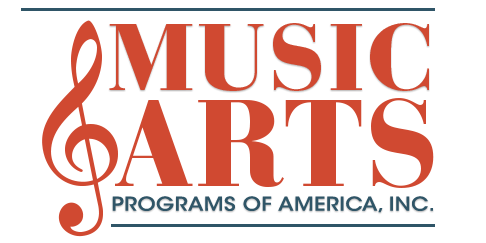

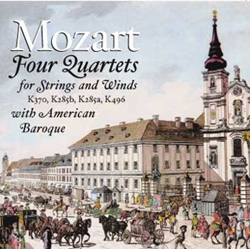

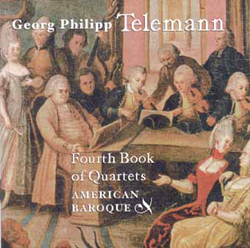
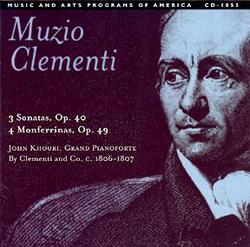
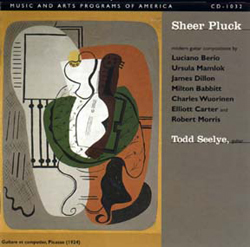

Reviews
There are no reviews yet.